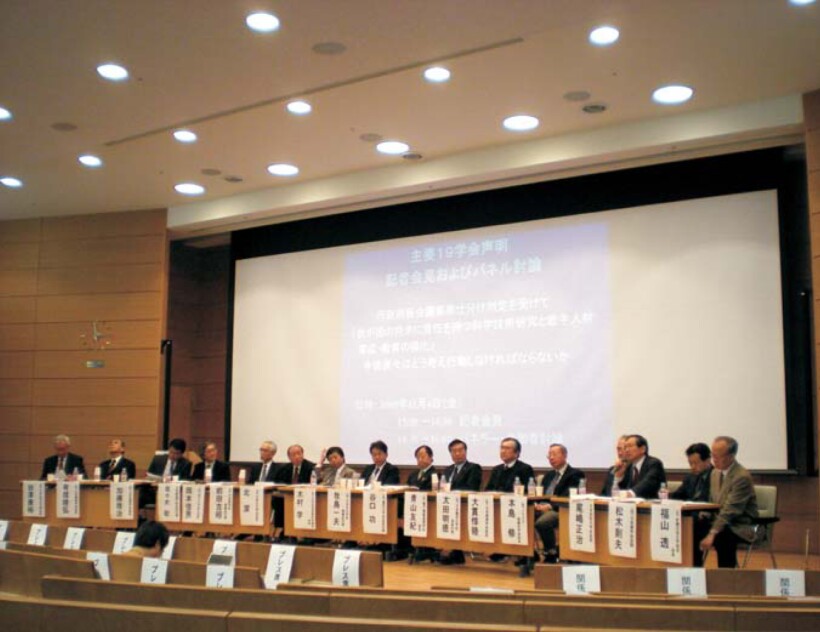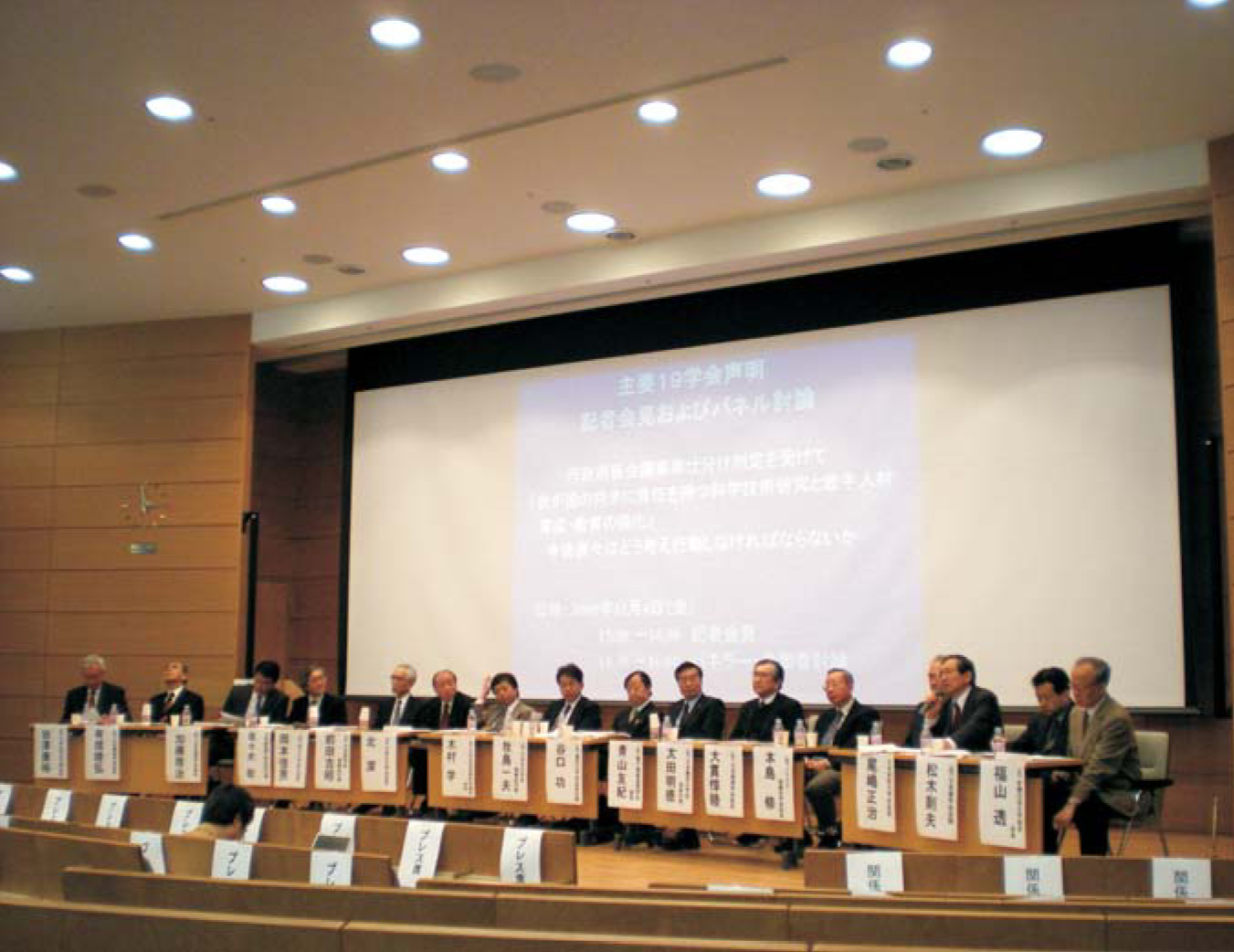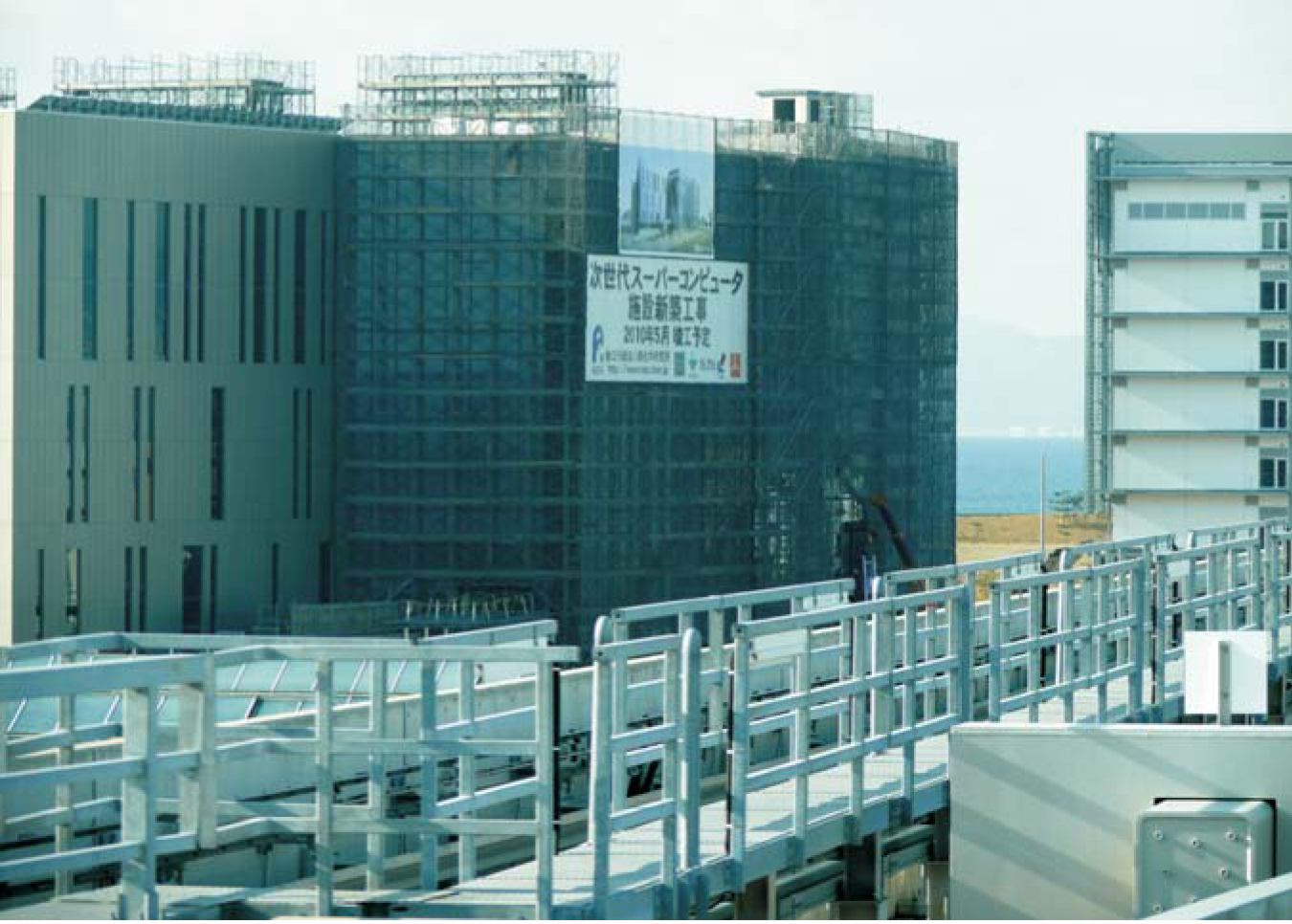Cuts to science budget moderated in Japan
DOI: 10.1063/1.3326982
Last August the Democratic Party of Japan defeated the Liberal Democratic Party, which had held power for most of the past half century. The new government rode to victory with promises to make high-school education free, pay families a monthly allowance per child to encourage a higher birth rate, reduce the gas tax, and abolish highway tolls, among other things. Already in the red, the new government, headed by Prime Minister Yukio Hatoyama, who holds a PhD in industrial engineering from Stanford University, then set out to find ways to keep those promises.
Unusual for Japan, the review process that ensued was open to the public. “I agree with the philosophy [of transparency], but it became a public torture,” says Hitoshi Murayama, who splits his time between heading the Institute for the Physics and Mathematics of the Universe, a World Premier International Research Center Initiative (WPI) institute based in the Tokyo suburb of Kashiwa, and the University of California, Berkeley. In the fall, a working group of the so-called Government Revitalization Unit (GRU), a body created to carry out the review, heard presentations and then voted for termination, suspension, or reduction of funds for the next fiscal year, which begins on 1 April. “They are conducting public hearings on more than 400 government-funded programs, where a committee made up mostly of nonexperts judges the effectiveness of each program,” Murayama said at the time.
Science and other funding lines in the Ministry of Education, Culture, Sports, Science, and Technology (MEXT) got particular scrutiny, perhaps because that ministry has gained responsibility for funding high-school education and part of the child-allowance stipends. Paying for high school will cost about ¥390 billion ($4.3 billion) a year, or about 7% of MEXT’s budget. In the end, the budget proposal issued by the finance ministry on 25 December steers clear of the crippling cuts that threatened science last fall, and public construction takes the brunt—with, for example, abandonment of a dam that was decades in the works. The budget is expected to get the final nod from Japan’s Diet in March.
“What expense is this?”
“One of the most serious flaws I have noticed in the budget allocation process is that the evaluations of the projects in question were based on insufficient information,” KEK director general Atsuto Suzuki wrote in an 8 December statement. He cited a discussion about a program within MEXT, during which a reviewer asked, “What expense is this?” A ministry official’s answer was “It is a research expense for projects like Subaru [the telescope] and Super-Kamiokande [the neutrino observatory],” Suzuki wrote. “I saw the entire live stream on the Web on this issue, and know that there was only one question asked on the item during the interview with the ministry officials.” Two of the reviewers voted to fund the program “as requested,” six said to cut funding, and six said to cease funding, Suzuki continued.
In short order, the GRU working group recommended reducing funding by as much as 50% for the SPring-8 synchrotron light source, an ocean drilling project, a supercomputer, grants for young scientists, and the WPI, among other projects. Says Shig Okaya, a MEXT official, “It was a wide variety of people cutting the budget within a half hour. The public was fanatic about such a demonstrative, open-air debate. The screening process was very brutal, not very scientific, and focused heavily on cost and tangible return. It was like theater.” Adds Murayama, “The fact that they had to cut deeply, everyone understood. But the way it was handled was a surprise.”
Protests
After the GRU had made its recommendations, the ministries hammered out compromises. Or, as Youhei Morita of KEK’s public relations office put it, “Our funding agency [MEXT] is struggling with the ministry of finance to protect our science budget.” Those struggles, plus protests by prominent scientists both within Japan and internationally, are probably to thank for science’s softer-than-expected landing.
The country’s university presidents, academic societies, KEK and other research organizations, and Nobel laureates held press conferences, knocked on the prime minister’s door, and wrote letters. “I was the leader to protest against stupid budget cuts, especially for SPring-8 and KEK,” says University of Tokyo’s Masaharu Oshima, president of the Japanese Society for Synchrotron Radiation Research. “I collected 49 letters and submitted [them] to the MEXT minister. I strongly believe that our protests have made the difference. So far Japanese governments have never experienced this kind of strong protest from the science community and people through the Web.”
Within a month MEXT received more than 150 000 e-mails. Some 1000 people, 40% from outside of Japan, sent e-mails in support of the WPI, Okaya says. “The big noise affected the negotiation process. We have fought, and we have gained support from politicians. At the end of the day, the prime minister himself acknowledged the crucial importance of science. All those voices—both from abroad and domestic —rebutting against the screening process were very effective in balancing the cost against long-range national interests.”
Not draconian
In the end, MEXT’s total budget for the next fiscal year is ¥5.6 trillion, a 5.9% increase over the previous year. Science and technology funding cuts within MEXT will be around 2% and across ministries will total 3.3%. The government still plans to keep its promise to provide free secondary education, so many projects do face budget cuts, but for the most part they are not as draconian as the GRU had recommended.
Even before the full budget was announced, the science community counted as a victory the continuation of construction on a petaflop supercomputer, counter to the GRU’s recommendation. “The supercomputer was very publicized,” says Murayama. Its ¥23 billion budget is less than half of the requested amount, but still a 20% increase from last year. It is now expected to be completed in June 2012, seven months later than originally planned. The emphasis will be shifted from building it fast to expanding its utility, Okaya says. Also highly publicized was the cancellation of the GX rocket: Although development of its engine will go forward with close to a third of the full project’s previous budget, plans to launch have been dropped.
The Japan Proton Accelerator Research Complex’s overall fiscal year 2010 budget of ¥14.1 billion is down 4.7% from last year. Within J-PARC, the combined budget for grants and for the Japan Atomic Energy Association will be nearly 11% lower, while KEK’s budget will go up about 4.6%, to ¥6.8 billion.
SPring-8’s budget will shrink by 2%. The WPI’s budget will go up a bit to facilitate starting a new institute focused on the environment. The five existing WPI institutes “get a marginal cut. It doesn’t hurt much,” Okaya says. (See Physics Today, December 2008, page 28
Lessons learned
Despite science having to a large extent been spared, the process did do damage, says Hideo Ohno, a condensed-matter physicist at Tohoku University. “I believe the most serious part is the negative message that the suggested cuts on science and technology carries,” he says. “I, along with many others, feel that the government needs to realize that higher education, in particular graduate-level education, is important for the future of Japanese science and technology. Without educated people, we cannot do anything.”
In more than a suggestion, a key program for supporting graduate students was chopped 21%. More than a third of undergraduate science students at the University of Tokyo surveyed last December said that slashes to science funding might lead them to quit their plans to become researchers, and around the same number said they would now consider pursuing their careers abroad. Says Masaki Hoso, a post-doc in evolutionary biology at Tohoku University, Japanese students “have learned that the path for scientists is fragile. At least, just after the GRU decisions, most students felt so.”
The reviews were a “wake-up call for Japan’s science community and us bureaucrats,” says MEXT’s Okaya. “It was a lack of a long-range comprehensive plan blessed by the current administration that gave rise to the cutting without strategy. The government has embarked on such a plan. We will look at six areas of economic growth. One is science and technology.” And, he says, “the lesson learned from the process is that we need to focus on how to reach out to taxpayers in their own language. It’s difficult to explain to taxpayers why a black hole is important. That effort needs to be pursued more.” Adds Hoso, “We scientists learned that we need to explain what we are doing and why [it] could increase human well-being. Or we lose funding and honor.”

Presidents of some 20 scientific societies held a press conference on 4 December to protest proposed budget cuts and defend science to the public and politicians.
MASAHARU OSHIMA


The next-generation supercomputer and a building for it under construction by RIKEN in Japan will get an increase in funding after proposals to cut its budget met with public outcry.
MASAKI HOSO

More about the Authors
Toni Feder. American Center for Physics, One Physics Ellipse, College Park, Maryland 20740-3842, US . tfeder@aip.org





